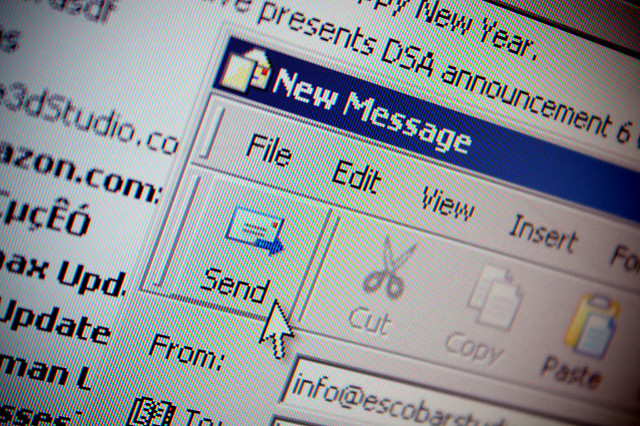
When I was 17, I got an summer internship working at a paper on Nantucket. It didn’t pay much, but the paper was small — there were maybe eight of us, total, putting out a newspaper every Wednesday — and they gave me opportunities to write. For a high school junior, it was a great job.
Being young had its advantages: I was willing to say “yes” to assignments that more veteran reporters would have been wise enough to say “no” to. I pitched a weekly profile on local workers, a new police blotter column, and several big feature stories. It was a lot for one reporter to take on, but I didn’t have enough experience to know better.
But nothing really compared to something my boss, Don, pitched to me. He’d seen a weekly paper in another town that had printed an ambitious special section. They’d dispatched a handful of reporters and photographers, in shifts, to document a single day in their town, and then packaged it all together into a special section on 24 hours in the life of their city.
Don suggested that instead of having a team of reporters and photographers attempt that, I could do it alone. 24 hours, a bunch of stories and original photos — by myself.
No one else on staff would have been dumb enough to agree to that. Of course, I did.
So what happened? That day, I set out with a camera, a notepad, and my RadioShack tape recorder. (It was 2004.) It was a quite the day: I interviewed people all over the island, ate lobster on the beach (for journalism! And also for my first-ever expense report!), and reported a story from a nightclub that wouldn’t legally allow me to enter their premises for another four years. At one point, in the middle of the afternoon, I stopped by the office to hand over a flash drive of photos. I remember one of my co-workers semi-jokingly announcing, “Look! He’s still alive!”
In the end, we turned my package of stories and photos into its own eight-page section of the paper. My bosses were thrilled, and so was I: By trying something that no one else was willing to try, I ended up with my own section of the paper. Not bad for a summer intern!
Naïveté was my secret weapon that summer. I wasn’t scared or nervous or overwhelmed by anything at the paper — just excited to try new things. That mentality got me all sorts of exciting opportunities. Over and over, I tried things because I didn’t know how hard they were supposed to be. Fifteen years later, I’ve learned how hard many of these things really are — but I’m still trying to push for new things anyway.
———
That’s a photo I took a few years ago, flying above Nantucket.







